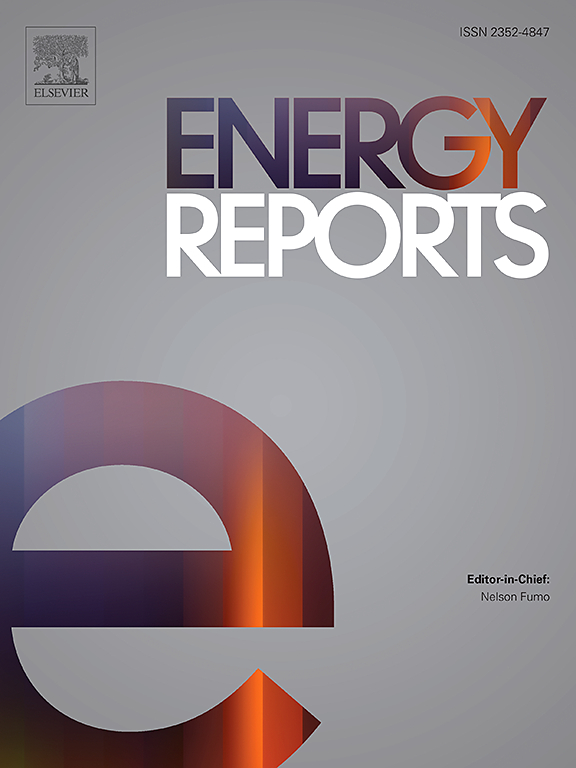Adopting a Quadruple Bottom Line approach for assessing offshore energy hubs: A proposal based on industrial insights and expert reviews
IF 5.1
3区 工程技术
Q2 ENERGY & FUELS
引用次数: 0
Abstract
This study investigates the critical parameters necessary for evaluating large-scale renewable offshore energy hubs, based on insights from industry experts. Using a Multi-Criteria Decision Analysis methodology, the experts emphasized that, in their view, technical and economic parameters rank higher than environmental and societal considerations when evaluating large-scale renewable offshore projects, including green hydrogen production. Environmental and societal parameters should not be neglected, but they ought to be evaluated outside this assessment framework. This could refer to the environmental impact assessment already in use. These findings provide a foundation for evolving the traditional Triple Bottom Line theory into a Quadruple Bottom Line approach by incorporating technical parameters alongside economic, social, and environmental factors, while addressing the specific challenges of offshore energy hubs. Among all the parameters ranked across the four domains, the top 15 were exclusively techno-economic, with technical and economic scores averaging 4.5 and 4.3 out of 5, respectively. In contrast, societal and environmental scores averaged below 3.0. To ensure the successful deployment of offshore energy hubs, a stepwise approach is recommended to manage complexity, reduce risks, and support scalable solutions. This approach aims to align the needed industrial parameters with the demands of the energy transition.
采用四重底线方法评估海上能源中心:基于行业见解和专家评论的建议
本研究基于行业专家的见解,调查了评估大型可再生海上能源中心所需的关键参数。专家们使用多标准决策分析方法强调,在他们看来,在评估包括绿色制氢在内的大型可再生海上项目时,技术和经济参数比环境和社会因素更重要。环境和社会参数不应被忽视,但它们应在这一评估框架之外进行评估。这可以指已经在使用的环境影响评价。这些发现为将传统的三重底线理论发展为四倍底线方法提供了基础,通过将技术参数与经济、社会和环境因素结合起来,同时解决海上能源中心的具体挑战。在四个领域排名的所有参数中,前15名完全是技术经济,技术和经济得分分别为4.5分和4.3分(满分为5分)。相比之下,社会和环境的平均得分低于3.0。为了确保海上能源中心的成功部署,建议采用分步方法来管理复杂性、降低风险并支持可扩展的解决方案。这种方法旨在使所需的工业参数与能源转型的需求保持一致。
本文章由计算机程序翻译,如有差异,请以英文原文为准。
求助全文
约1分钟内获得全文
求助全文
来源期刊

Energy Reports
Energy-General Energy
CiteScore
8.20
自引率
13.50%
发文量
2608
审稿时长
38 days
期刊介绍:
Energy Reports is a new online multidisciplinary open access journal which focuses on publishing new research in the area of Energy with a rapid review and publication time. Energy Reports will be open to direct submissions and also to submissions from other Elsevier Energy journals, whose Editors have determined that Energy Reports would be a better fit.
 求助内容:
求助内容: 应助结果提醒方式:
应助结果提醒方式:


